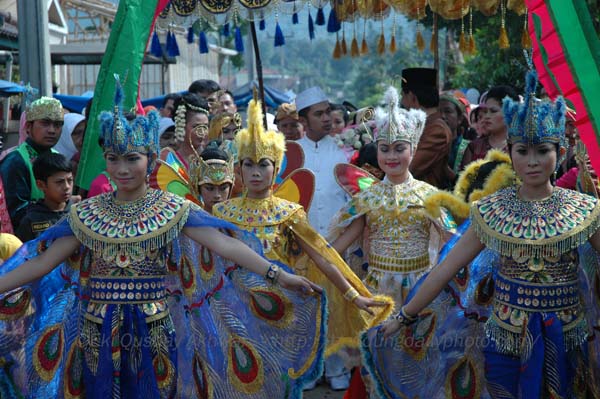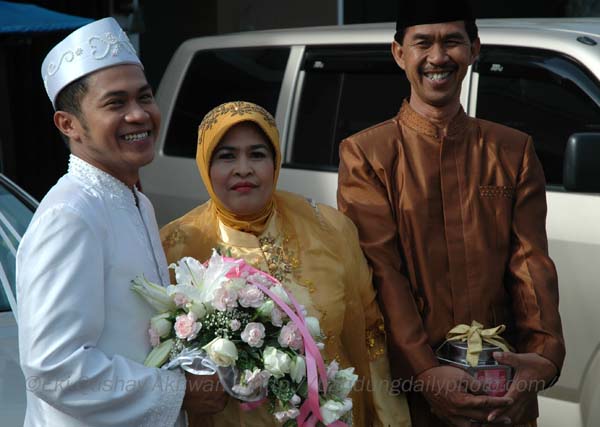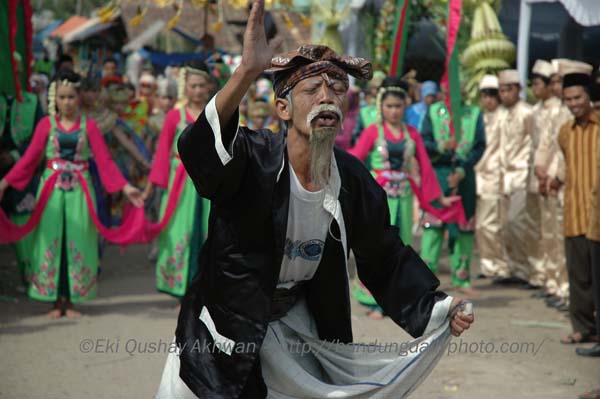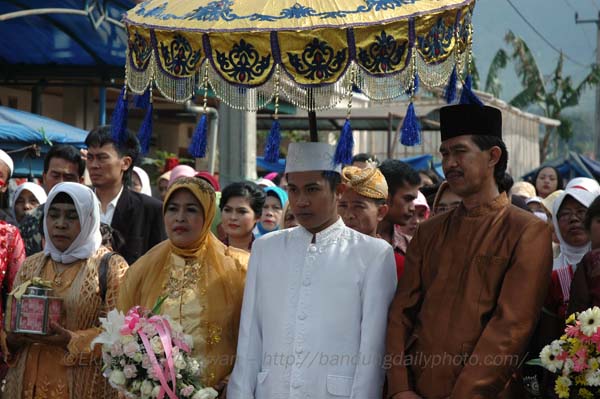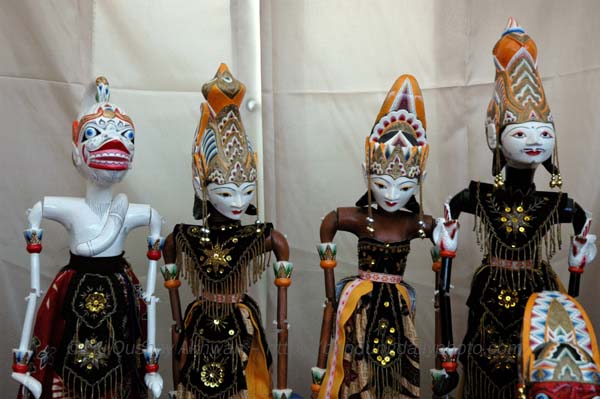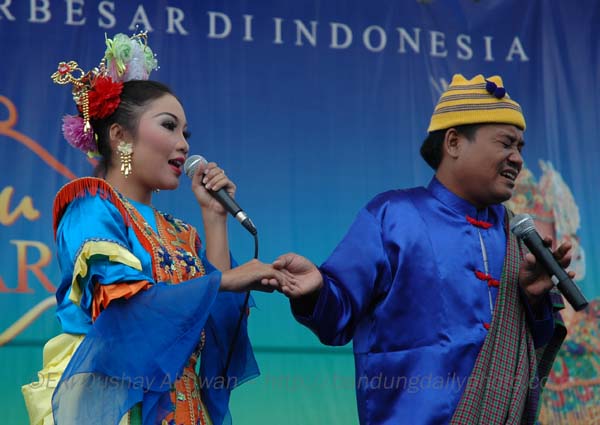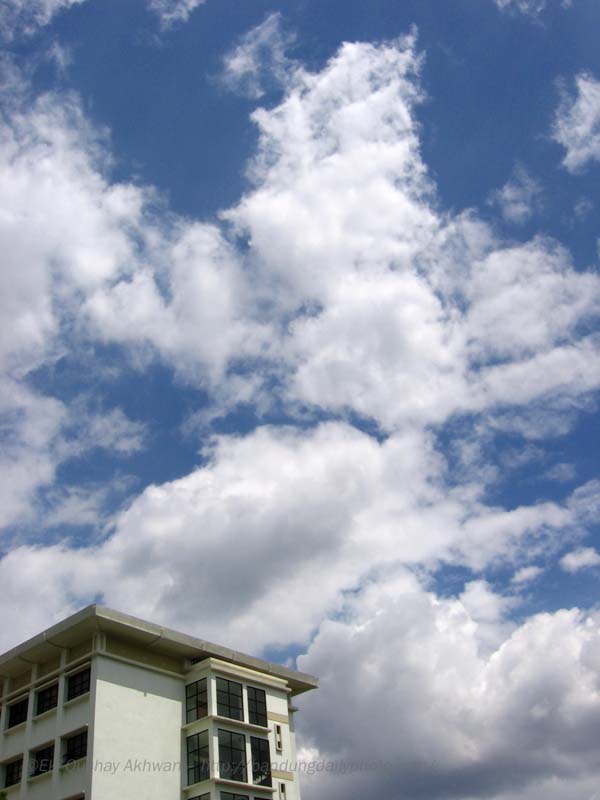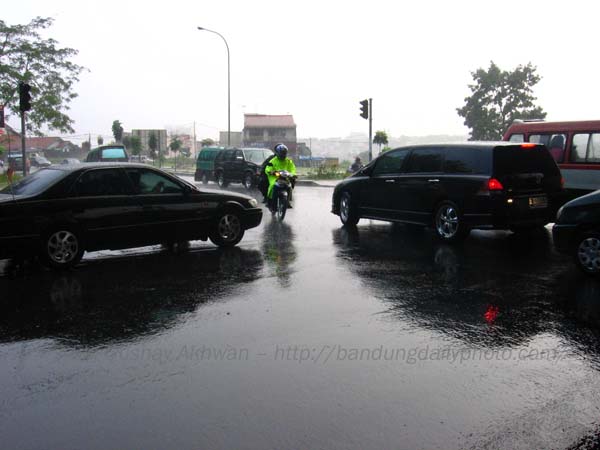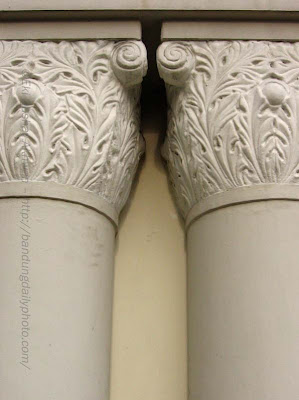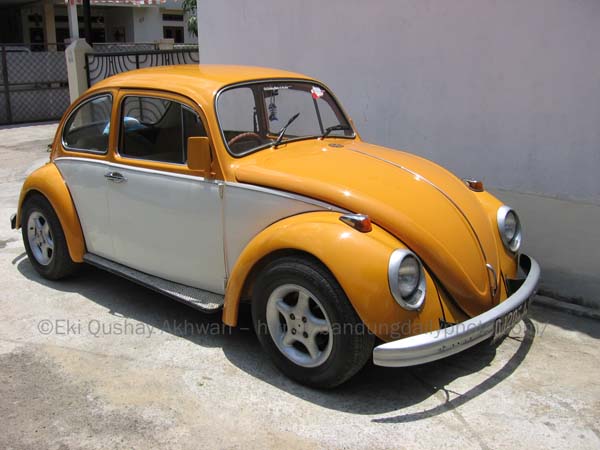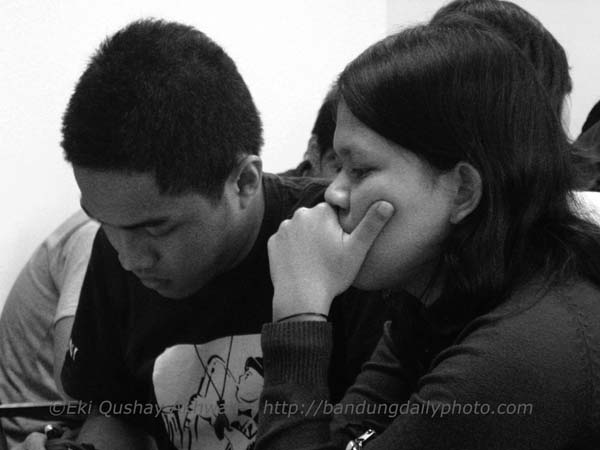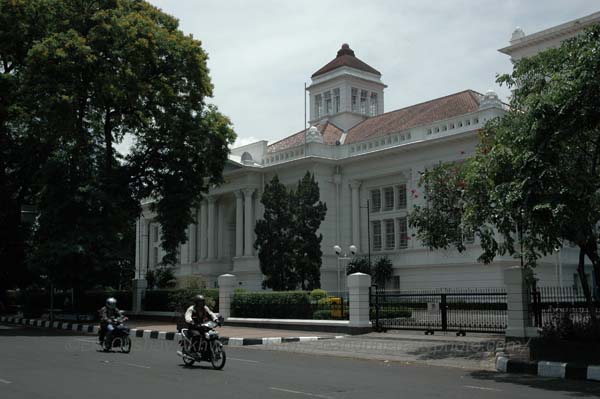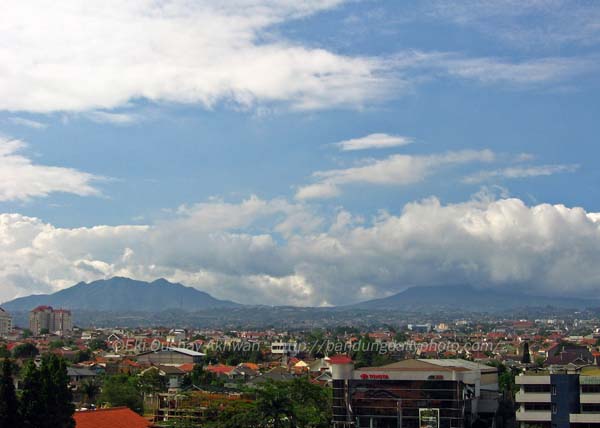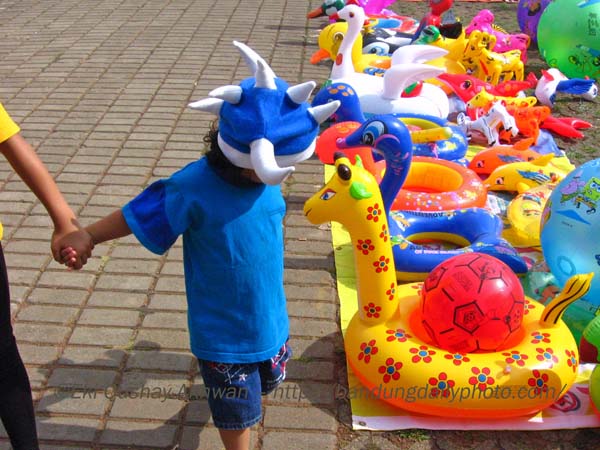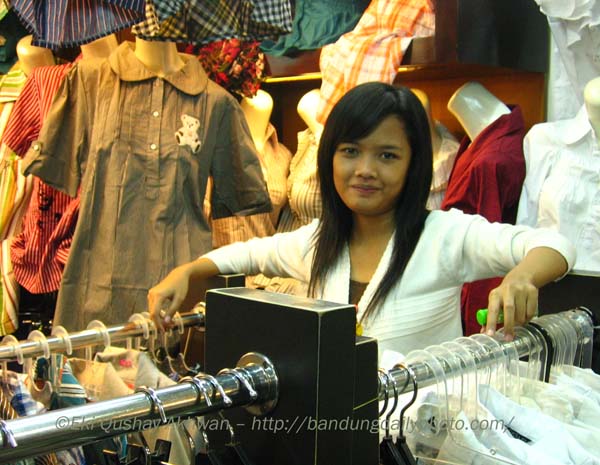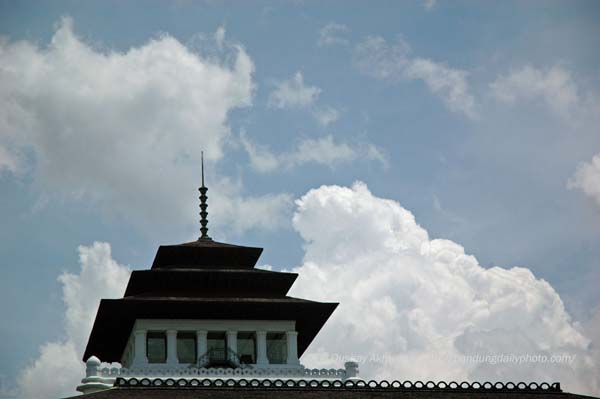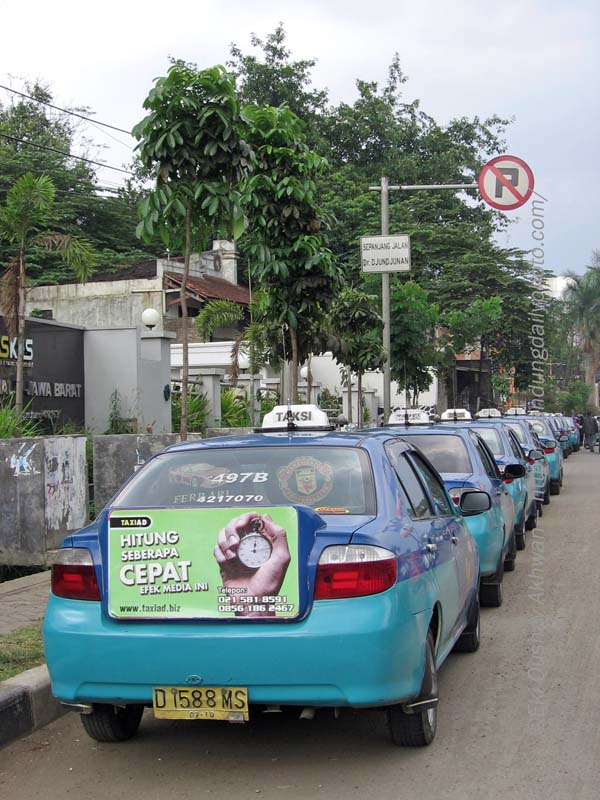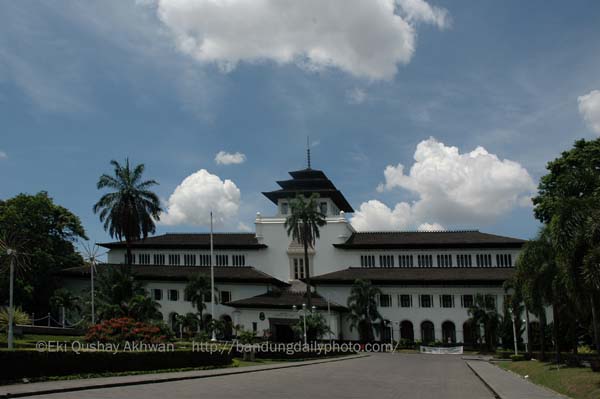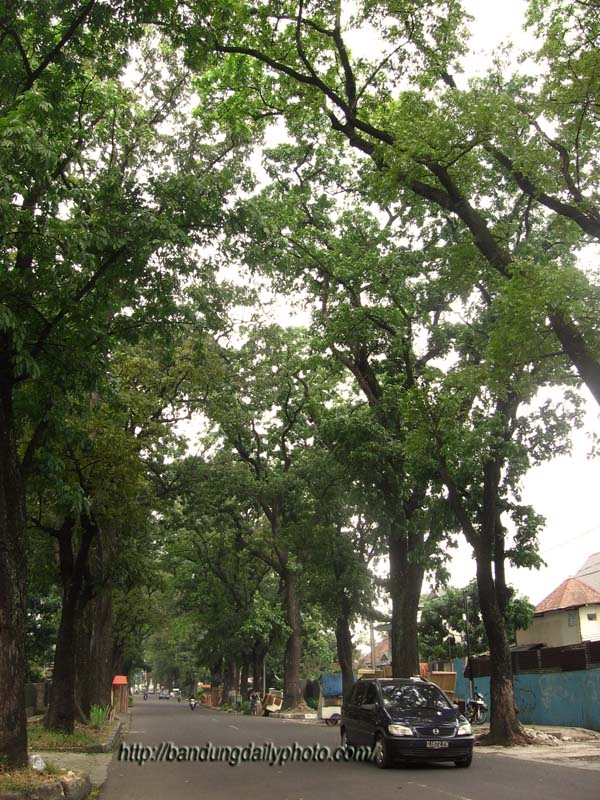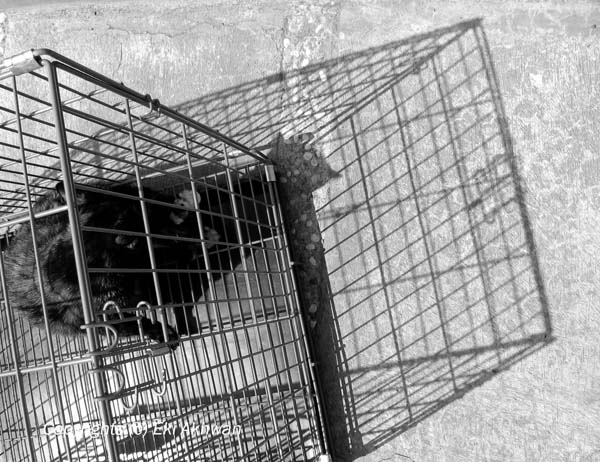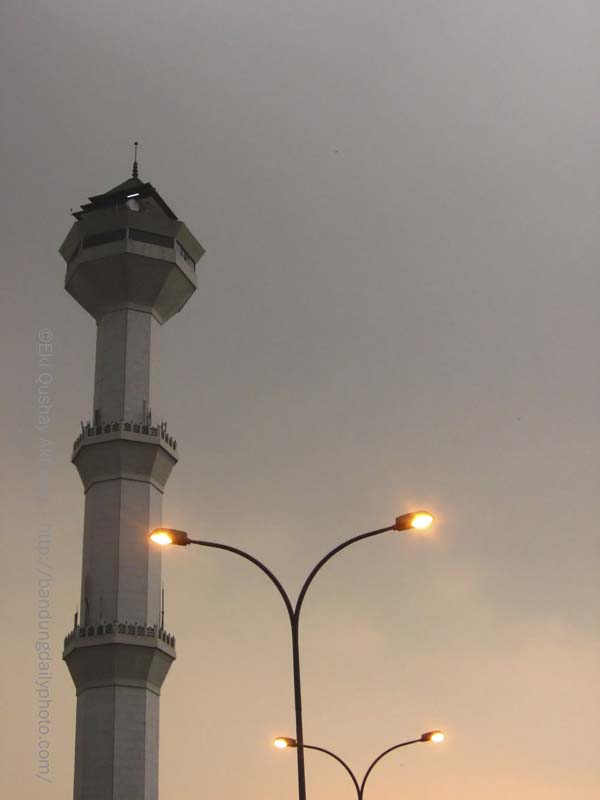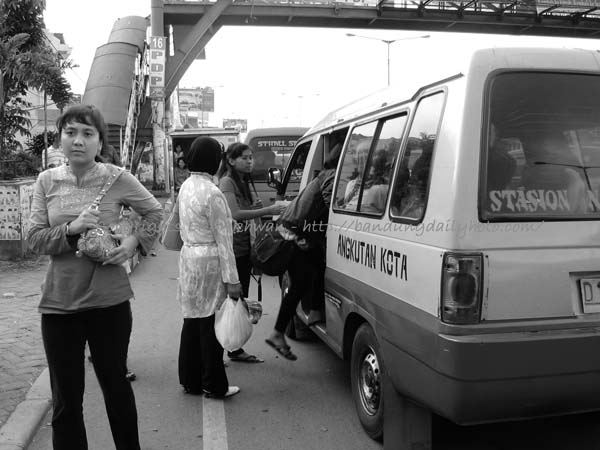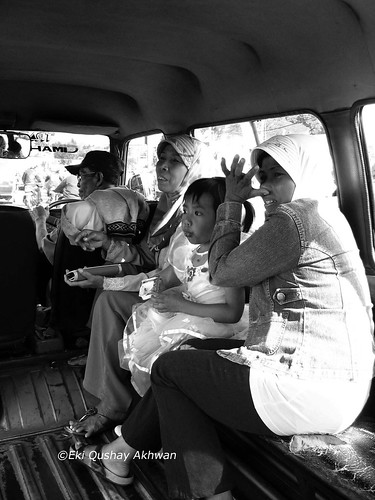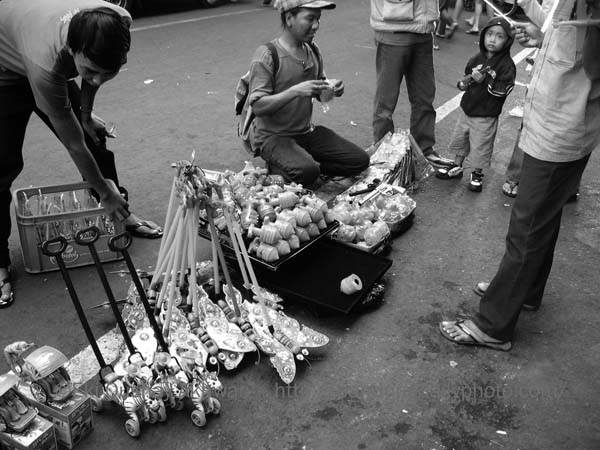

Today I visited my friend's blog, Michelle's
The Rambling Woods - The Road Less Travelled, and learned about a day that I think all bloggers should know: October 15, the Blog Action Day.
Blog Action Day is "an annual nonprofit event that aims to unite the world’s bloggers, podcasters and videocasters, to post about the same issue on the same day." The aim is, according to this movement's website linked above, "to raise awareness and trigger a global discussion" on issues important to all human kinds. Last year, the issue discussed was Environment. This year, it's Poverty.
Poverty exists in any societies, in the West and East, North and South, and in poorer as well as in more afluent countries. It is a complex issue of which no clear and simple answer has yet been found to overcome it. However, this should not prevent us from playing our parts in helping those who are aflicted in the ways that we can.
Bloggers like us can play our part by raising awareness of this common issue of ours and share ideas and/or reporting efforts being done in our respective communities to aleviate poverty.
With the photo I posted today, I'd like to deliver this message:
Given a fair chance, most people would try to get themselves out of poverty. These street vendors selling toys at Bandung's Kepatihan Street are probably not poor in the absolute sense, but what they do - in my humble opinion - is symbolic of human dignity: Given a fair chance, everyman and woman would try their best to make a decent living and lift themselves out of poverty. Charity is one way to help the poor; but giving a fair chance and, as Indonesian would say, a fishing line is better than giving them the fish.
The Government of Indonesia is currently doing both: It provides BLT (Bantuan Langsung Tunai) or Direct Cash Assistance ("the fish") and creates different programs of microcredits to help them start their own small/home businesses ("the fishing line").
Note:According to official figures, Indonesian poverty rate currently stands at 15.4 percent (as of March 2008), with poverty being defined as the inability to meet "the daily minimum requirement of 2,100 kcal per capita plus the non-food minimum requirement, such as housing, clothing, schooling, transportation, household necessities, and other basic individual needs." The value of expenditure is counted in rupiah.







